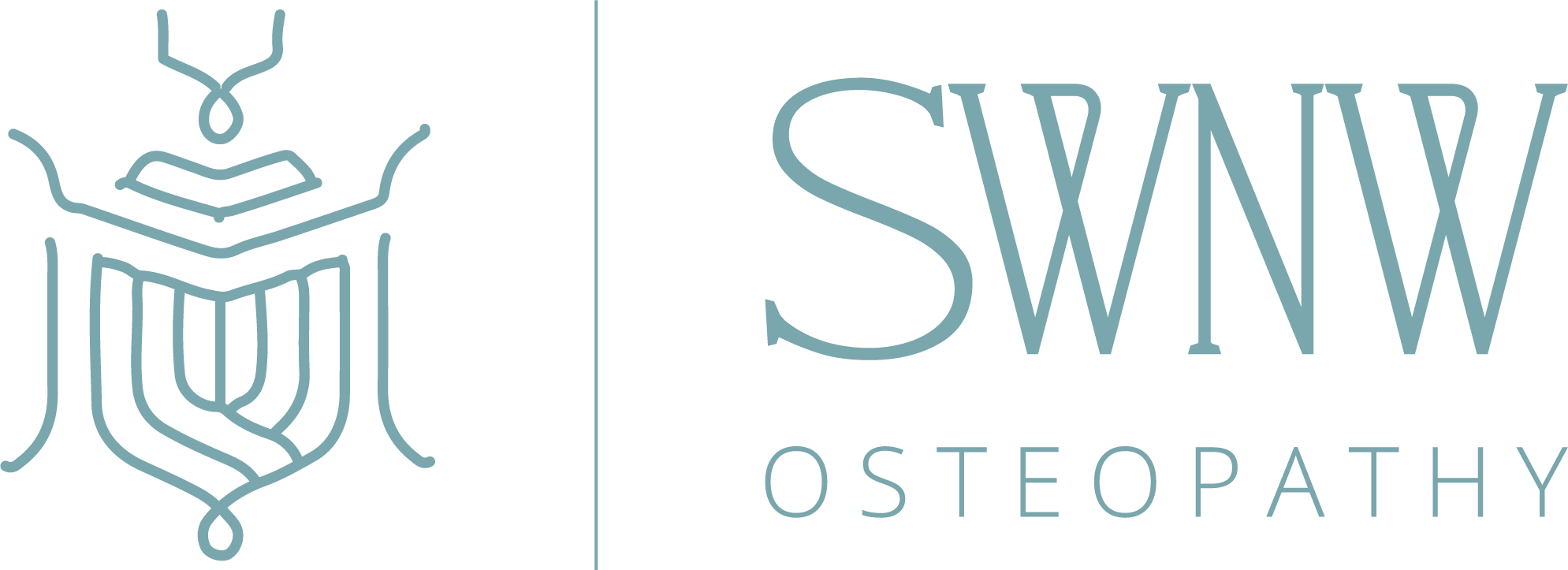Pain Management
Pain Management
Physiotherapy plays an important role in the treatment of both acute and chronic pain. Following a thorough assessment, we work to develop a treatment plan with the assistance of our patients to help reduce pain and address the underlying causes of their symptoms to prevent a recurrence.
Soft tissue massage and stretching to relieve tension and spasm, joint mobilization, acupuncture, electrotherapy, corrective exercise, posture awareness, and advice on how to overcome pain in daily activities may be included in physiotherapy treatment to relieve the pain. We also assist our patients in determining the source of the discomfort.
SWNW Osteopathy believes that a combination of manual treatment and muscle re-education is the most effective treatment based on our years of experience and evidence-based practice.
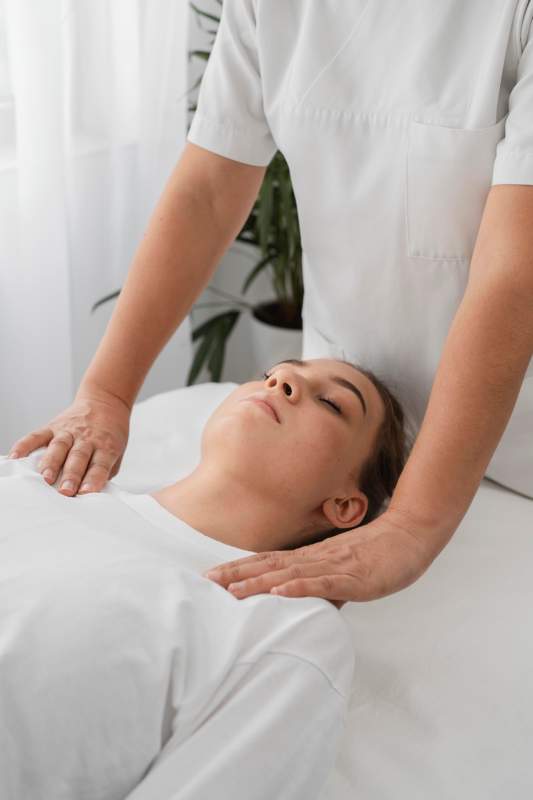
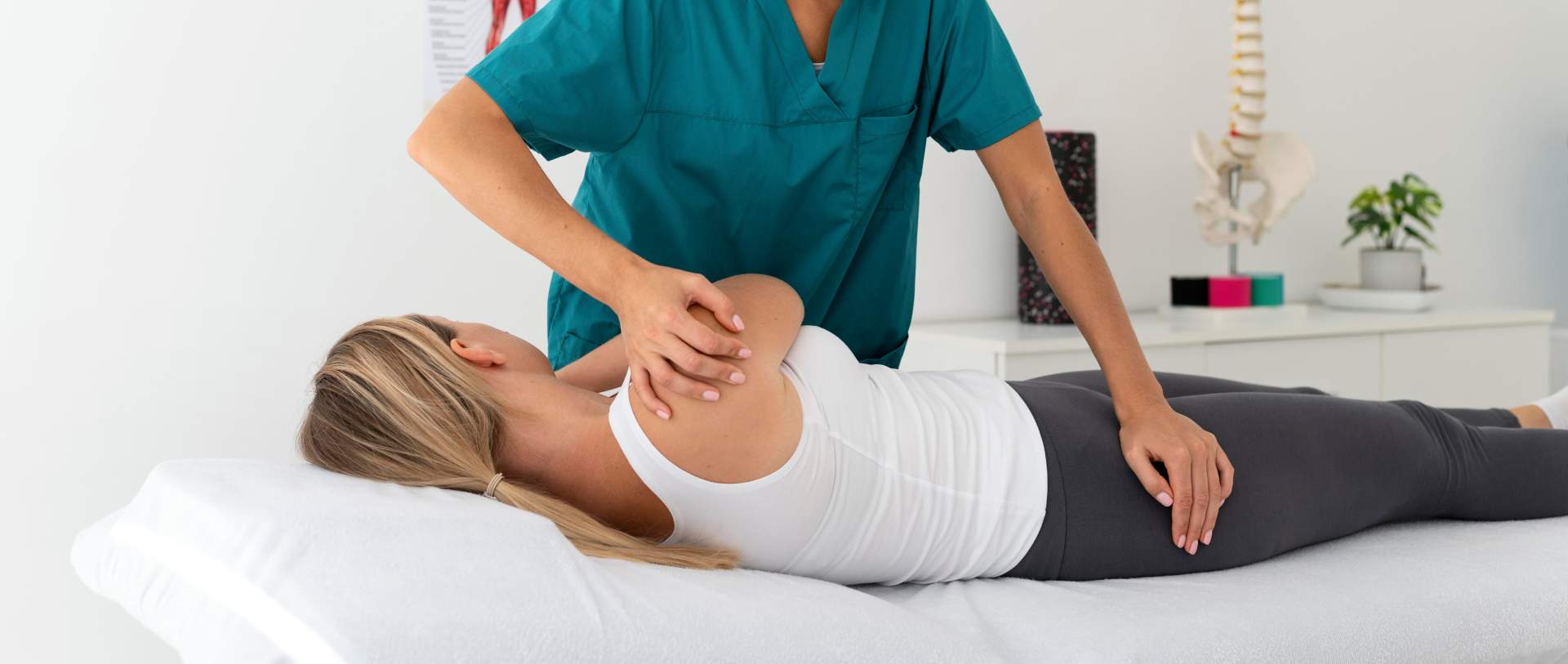

Conditions Treated by Physiotherapy
- Headaches
- Back Pain
- Shoulder Pain
- Chest and rib Pain
- Nerve Pain
- Hip Pain
- Pelvic Girdle Pain
- Neck Pain
- Pelvic Pain
- Knee Pain
- Joint Pain
- Muscle Pain
- Repetitive Stress Injuries (RSI)
Physiotherapeutic Modalities for Pain Relief
Electrical stimulation agents, thermal agents, and non-thermal agents are used in physiotherapy for pain relief and modulation, and to reduce inflammation
The most commonly used physiotherapy pain management agents are electrical stimulation agents and thermal agents. Non-thermal agents, such as pulsed ultrasound, have been reported to have analgesic properties.
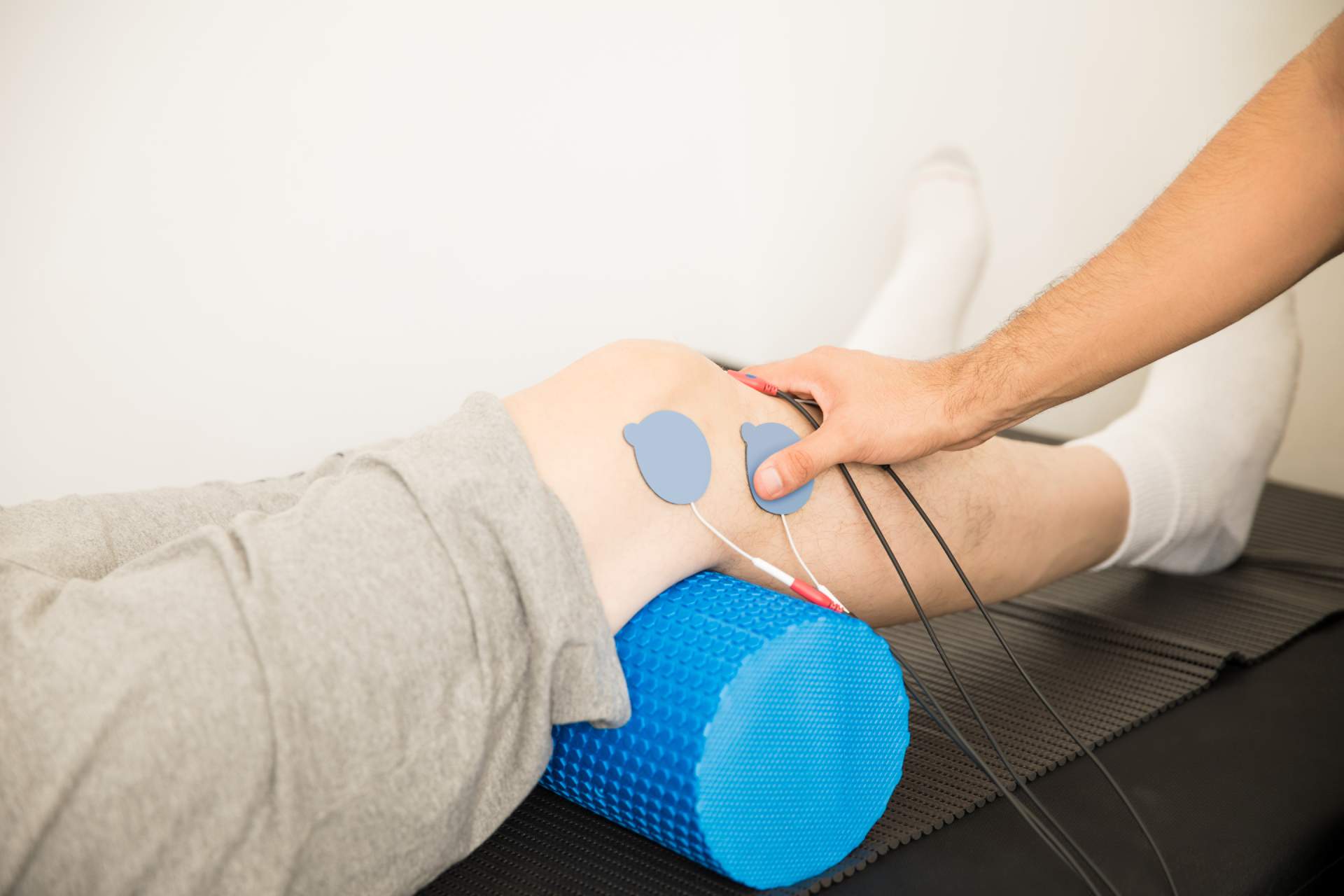

Electrical Stimulation Agents
Electrical stimulation is known to directly block pain signals from reaching the brain, preventing the patient from feeling them. Furthermore, electrical stimulation has been shown to increase the production of endorphins, which are natural painkillers produced by the body.
Thermal Agents
Heat and cold are found to have a physiological effect on the body’s pain gate mechanism, which temporarily alters pain signals traveling to and from the brain when applied in succession. This temporary pain relief is a welcome reprieve for those who have been suffering from long-standing complaints of the nervous and musculoskeletal systems. Cryotherapy (cold therapy) relieves pain by inducing the body’s “fight or flight” response, which stimulates the production of endorphins and thus reduces the body’s perception of symptomatic pain.
Thermal agents are classified into two types:
- Structural Osteopathy
- Visceral Osteopathy
Non-thermal Agents
Non-thermal agents do not use heat or cold to achieve a therapeutic effect, but rather other modalities such as ultrasound and magnetic energy.
Non-thermal therapy includes the following components
- Therapeutic Ultrasound
- Magnetic Therapy
- Low-Level Laser Therapy (LLLT)
Dry Needling
Dry needling is one of the most effective methods for breaking the cycle of trigger point pain. Trigger points, also known as knotted muscles, can become a constant source of pain that extends beyond the knot itself. Touching the trigger point frequently results in pain in other areas of the body. As long as the trigger point exists, it continues to activate nerves and send pain signals to the brain. This constant stimulation makes nerves more sensitive, resulting in more trigger point pain.
What are Trigger Points and What are their causes?
A trigger point is a small area of muscle fibers that are tightly knotted. These knots form when muscle contracts and then fails to relax. The ongoing muscle contraction pinches the nerves and blood vessels present in the vicinity, in addition to causing a painful, hard knot.


So, why do trigger points occur?
These knots are frequently caused by:
- Lifting heavy weights or objects
- Tense muscles
- Chronic stress
- Repetitive muscle movements
- Direct injury
- Poor posture
Though knotted muscles commonly occur while exercising, they can also develop as a result of a lack of exercise, prolonged sitting, or bed rest. Without exercise, your muscles become weaker and more prone to developing a trigger point.
Dry Needling for Trigger Points
Inserting an acupuncture-style needle into the trigger point relaxes the muscles, increases blood flow, reduces inflammation, and initiates a healing response. This treatment also improves nerve communication and causes your body’s natural pain relievers to be released.
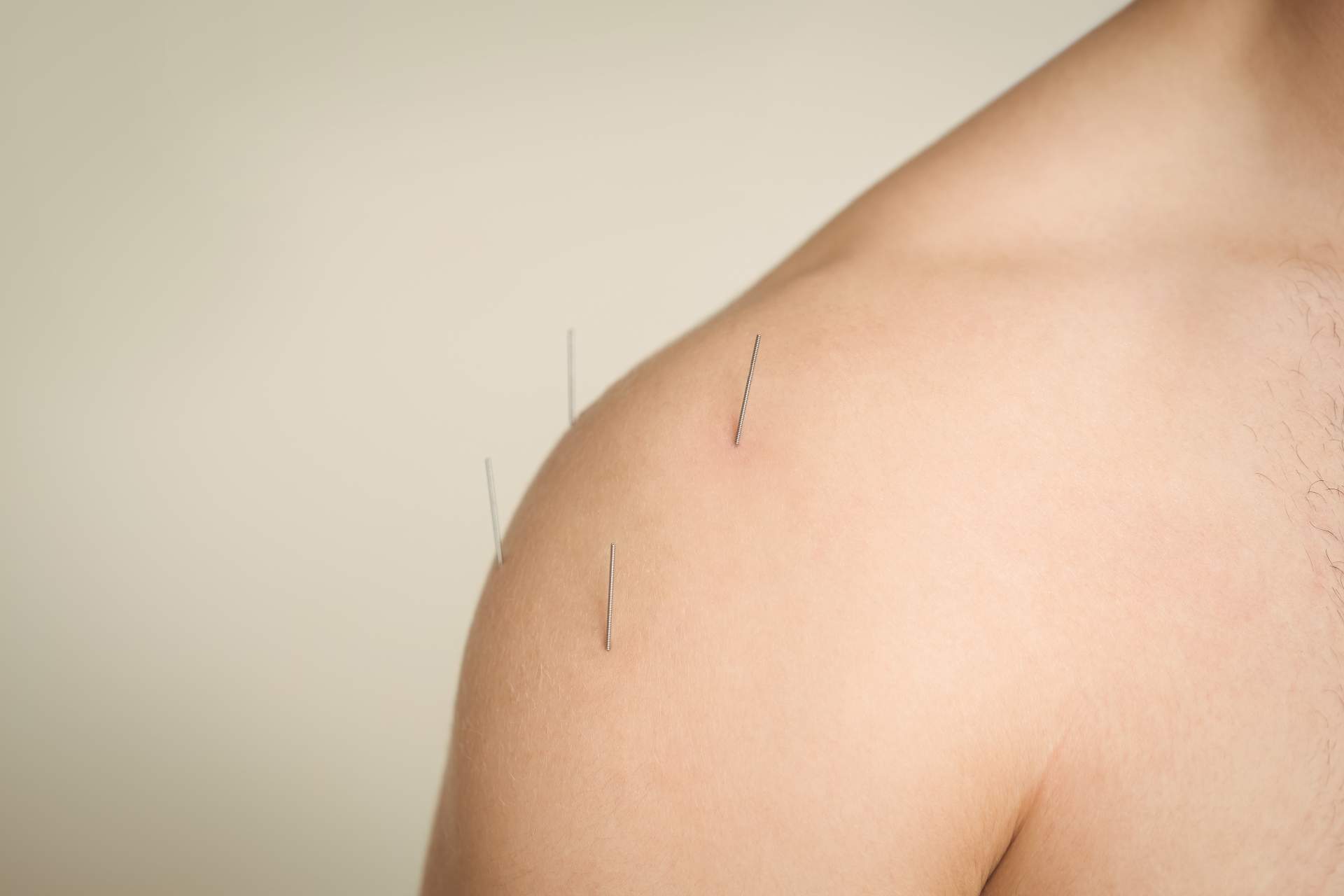

Benefits of Dry Needling
Dry needling comes with the following benefits
Fast Pain Relief
After just one dry needling session, many patients report an immediate reduction in local and widespread pain. Others may require multiple sessions to achieve optimal pain relief. The severity and number of trigger points determine your treatment plan.
As the knot relaxes and blood flow improves, your pain will subside. Better circulation means that your muscles receive the oxygen and nutrients they require to heal while painful, acidic wastes are carried away.
Faster Recovery
Moving your body is the best way to promote healing and speed up your recovery after an injury or surgery. During your recovery, physical therapy will be your primary treatment. However, incorporating dry needling into physical therapy speeds up the process.
Improves Long-Term Painful Conditions
Dry needling can help with two chronic pain conditions: myofascial pain syndrome and fibromyalgia.
Recovering the Range of Motion
We frequently combine dry needling with a physical therapy program at SWNW Osteopathy to rebuild your strength and fully restore your range of motion. Physical therapy also retrains your muscles, which aids in the prevention of future trigger points.
CUPPING
Cupping, also known as Hijama, is an ancient healing technique used to relieve pain and achieve several other health benefits. In this, cups are placed on the back, stomach, arms, legs, and other parts of the body. A vacuum or suction force pulls the skin upward inside the cup.
How does Cupping work?
A cloth soaked in alcohol is ignited and inserted into the cup to remove air and create a vacuum. Cups are then placed immediately on the back at specific points or any other treatment area on the patient’s body. The vacuum causes the cup to absorb the skin. The resulting suction pulls the blood deep within the body to the surface. Healing occurs as a result of the increased blood and energy flow.
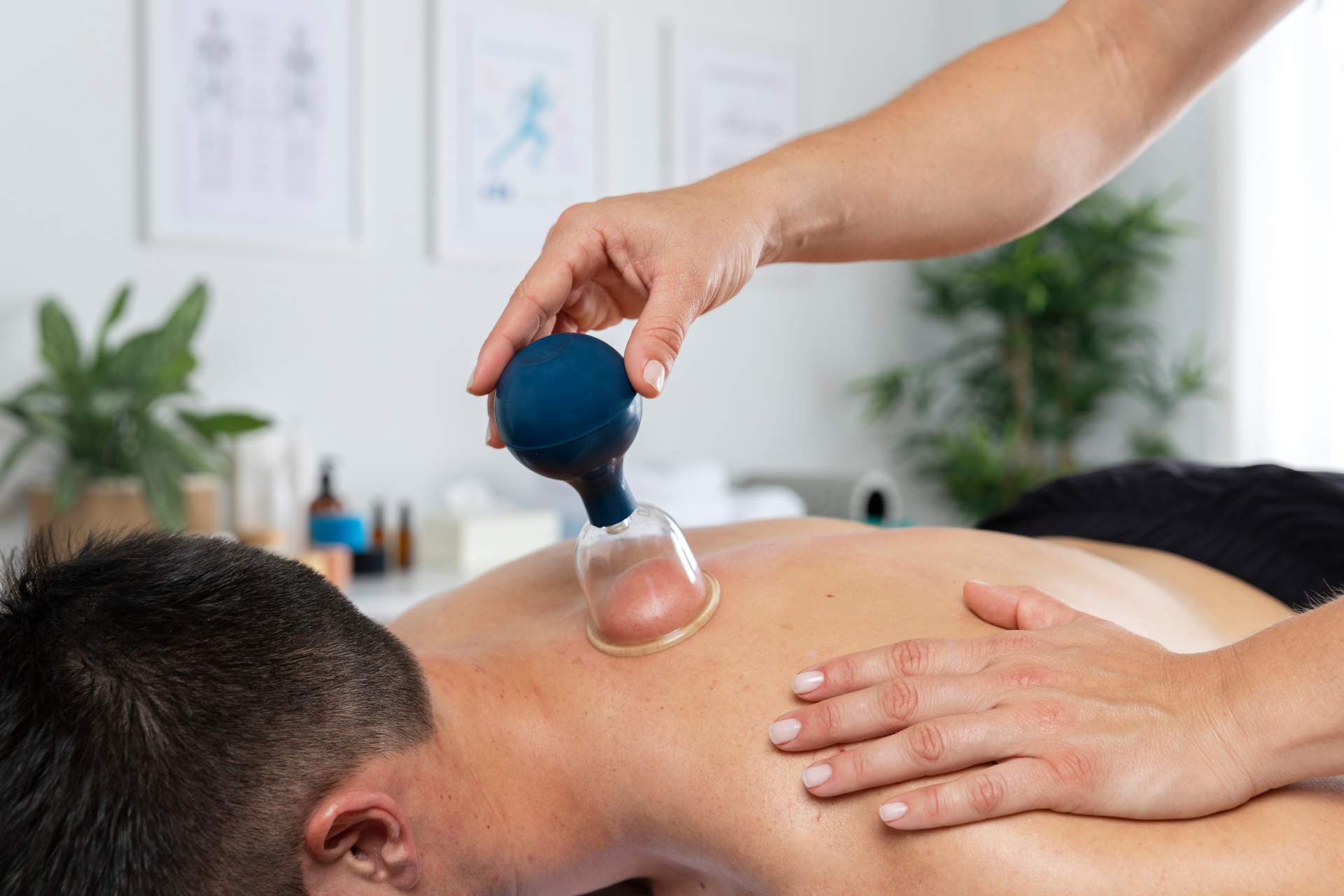

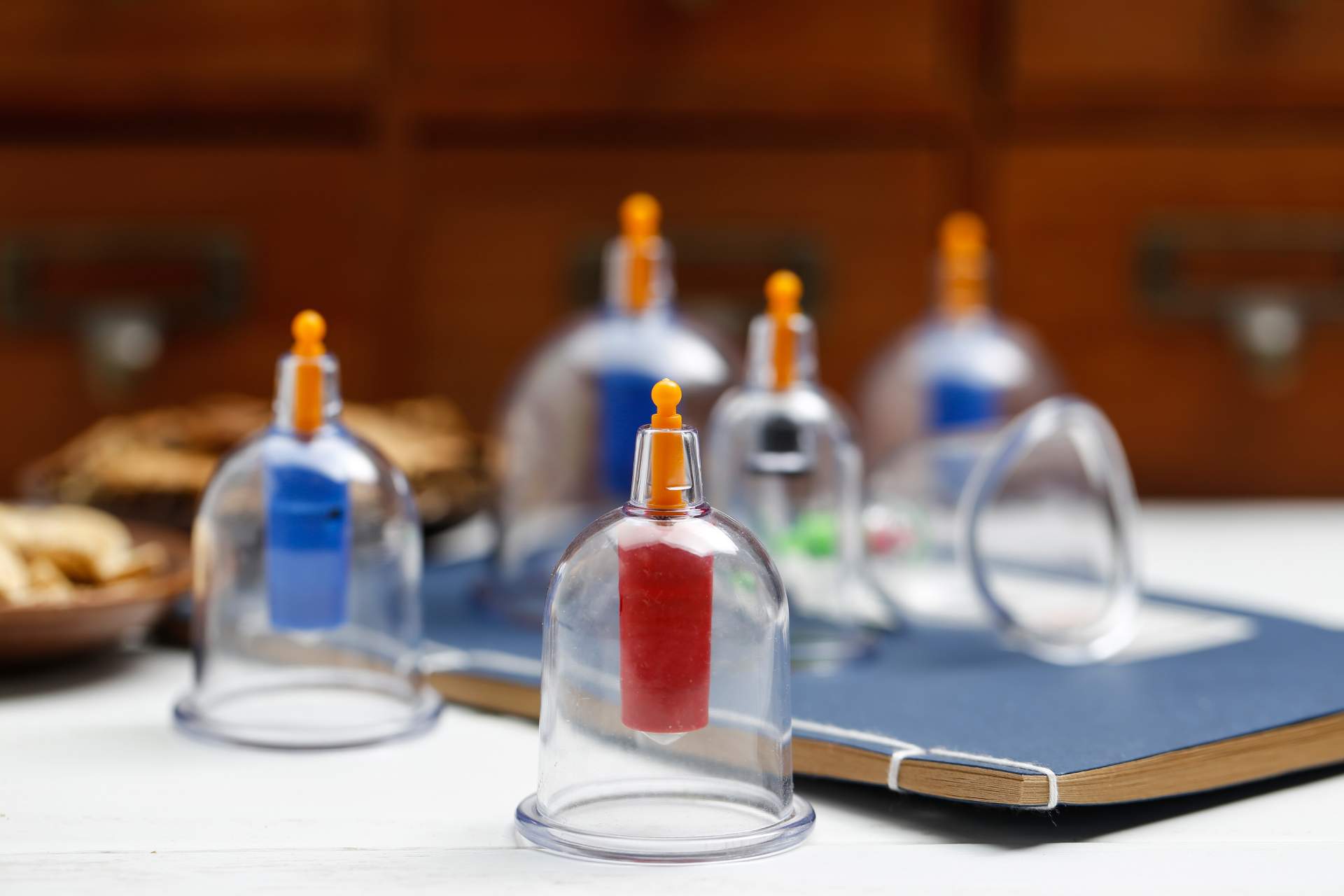

Which conditions can cupping help with?
Cupping is most commonly used to treat painful conditions. It is also found to help with chronic health problems. It can help with the following and more.
- Common complaints like back pain, neck pain, knee pain, and shoulder pain
- Arthritis, including rheumatoid arthritis
- Carpal tunnel syndrome (CTS)
- Hypertension (High blood pressure)
- Irritable bowel syndrome and other gastrointestinal disorders (IBD)
- Migraines and headaches
- Asthma and other breathing issues
Benefits of Cupping
There are multiple benefits of cupping, including but not limited to the following.
Pain Relief
Cupping can help with arthritis pain, lower back pain, and other aches and pains. Cupping can also be used to treat headaches, migraine, dental pain, muscle pain, sciatica, and other types of pain.
Faster Recovery
Cupping can be used strategically to increase blood flow to specific areas that require healing. Faster healing will result from increased blood and nutrient flow.
Stress Relief
Cupping relieves anxiety and stress and promotes relaxation. When the cups glide across the skin, it leads to the stimulation of the parasympathetic system, promoting deep relaxation throughout the body.
Helps in Lung Problems
Cupping can help with lung diseases such as chronic cough, asthma, bronchial congestion, and pleurisy.
Helps in Urinary Problems
Cupping therapy can be used to treat urinary diseases such as kidney stones, urinary retention, and abscesses. The cups are used in the lumbar region to treat urine retention.
Helps in Digestive Problems
Cupping aids in the relief of digestive issues caused by chronic stress, malnutrition, or immune system response.
Whiplash Injury
Whiplash injury is a form of neck injury (also known as acceleration/deceleration injury) caused by forceful forward and backward movement of the neck that damages the structures in the neck such as muscles, joints, ligaments, bones, discs, and nerves. It is usually caused by road traffic accidents, collision sports, roller coaster rides, and any trauma caused by accelerating/decelerating movements.
Symptoms of Whiplash Injury
The most common symptoms of whiplash injury include
- Neck pain or stiffness
- Headache
- Pain in the shoulder, arm, or upper back
- Dizziness
- Altered sensations
- Weakness
- Visual disturbances
- Hearing difficulties
- Difficulty in speaking/swallowing
- Difficulty concentrating
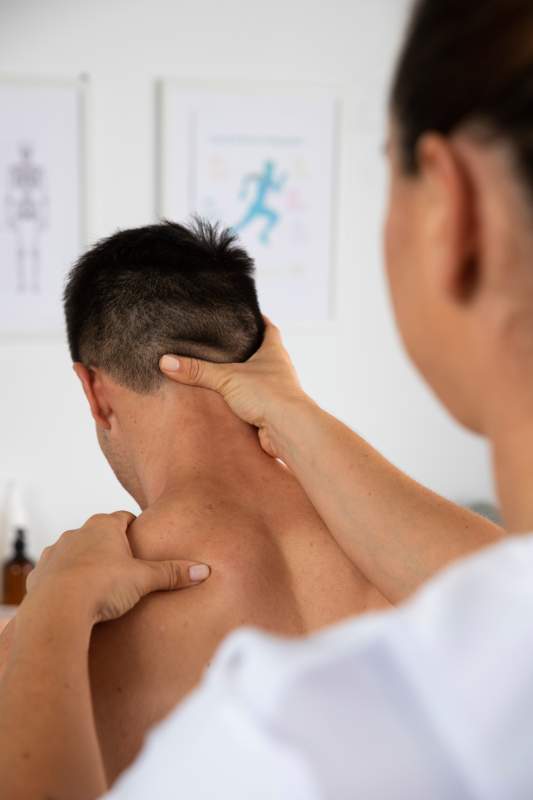

When to seek help?
You should seek immediate medical help if you are experiencing one or more of the following symptoms.
- Severe neck pain
- Limited range of motion
- Pins and needles sensations
- Numbness in face
- Difficulty speaking or swallowing
- Drop attacks/fainting
- Bladder or bowel problems
- Joint clicking and joint locking
Physiotherapy for Whiplash Injury
Physiotherapy is one of the most effective ways to treat whiplash injuries. Our physiotherapist starts by taking detailed history followed by a thorough examination of the patient. He then customizes a treatment plan according to the nature and severity of the injury.
Physiotherapy helps reduce inflammation, normalize the range of neck motion, strengthen the muscles, resolve any deficiency in neural tissue extensibility, improve posture, and improve fine motor control and neck proprioception.
Treatment Options for Whiplash Injury
There are a number of treatment options available, including passive and active treatment modalities.
Passive Treatment
The patient is not actively involved in this type of treatment. It is most commonly initiated after acute pain.
1.Deep Tissue Massage
It helps reduce muscle tension by using direct pressure and friction.
2. Hot and Cold Therapies
The physiotherapist will alternate between the two treatments. Heat will increase circulation which will bring more oxygen and nutrients but will also remove waste by products.
Cold treatment will decrease inflammation, muscle spasms, and pain.
3. Ultrasound
It sends sound waves deep into the muscle to increase circulation, and reduce muscle spasms, stiffness, cramping, and pain.
Active Treatment
In this, the physiotherapist teaches various exercises that help with muscle strength and range of motion.
Other Treatment Options
- Manipulation/mobilization
- Postural Realignment
- Soft Tissue Replacement
- Proprioceptive Exercises
- Acupuncture
- Electrotherapy
- Vestibular Rehabilitation
Benign Paroxysmal Positional Vertigo(BPPV)
Vertigo
Vertigo is a sensation that the environment around is moving or spinning, in simpler terms, it’s dizziness.
Benign Paroxysmal Positional Vertigo
It is a condition in which vertigo is experienced when the head is placed in a certain position.
How Does BPPV Occur?
More commonly, vertigo is a disorder of the inner part of the ear, the organ associated with hearing and balance of the body, although it can also occasionally be caused by problems with certain areas of the brain. However, BPPV is always caused by problems in the inner ear. It occurs when tiny crystals made of calcium, called otoconia, break loose from their usual position and float freely in the fluid-filled areas of the inner ear, including those that sense the orientation of the head. These crystals do not cause a problem when static. However, when the head is moved, such as from lying to an upright position, these crystals move, stimulating the nerve related to balance, leading to dizziness and nystagmus.
The Causes of BPPV
The cause of BPPV is unknown in most cases but it can occur in people over the age of forty and the incidence is higher in women. Other causes include injury to the ear, ear infections, and head injury.
The symptoms can be triggered by any action that stimulates the inner air semicircular canals (organs of balance) such as titling head, rolling over in bed, looking up or under, sudden head movements, changes in barometric pressure, stress, and lack of sleep.
Diagnosis of BPPV
Our physiotherapist will take a detailed history and perform a vestibular examination which helps with the diagnosis.
BPPV and Physiotherapy
Physiotherapy can resolve the symptoms of vertigo by moving the otoconial crystals away from the areas in which they cause problems. Advice on home management after the treatment is also given.
Different treatments options offered at our clinic include
- Epley's Manoeuvre
- Semont Manoeuvre
- Gufoni Manoeuvre and Lempert Manoeuvre
- Home exercises
- Balance retraining exercises
- Neck mobilization
Out of these, Epley’s maneuver is most frequently used.
Epley's Manoeuvre
It is a universal technique in treating BPPV. The patient is made to sit on the table so that
when he lies down, his head is beyond the edge of the table.
Position 1
The patient’s head is turned to 45° to the affected side while the physiotherapist looks for vertigo and nystagmus (repetitive uncontrolled movement of the eyes).
Position 2
Head is now turned at 90°.
Position 3
Whole body and head are turned to a lateral recumbent position in a 90° rotation face down position.
Position 4
The patient is now brought to a sitting position with their head still turned to 45° to the unaffected side.
Position 5
The head is turned forwards and the chin brought to 20°.
There is a pause at each position till there is no nystagmus before changing to the next position. 80% of patients are cured with this single maneuver.
In addition to Epley’s Manoeuvre, more techniques are also offered at our clinic and are utilized depending upon the patient’s complaints and symptoms.
